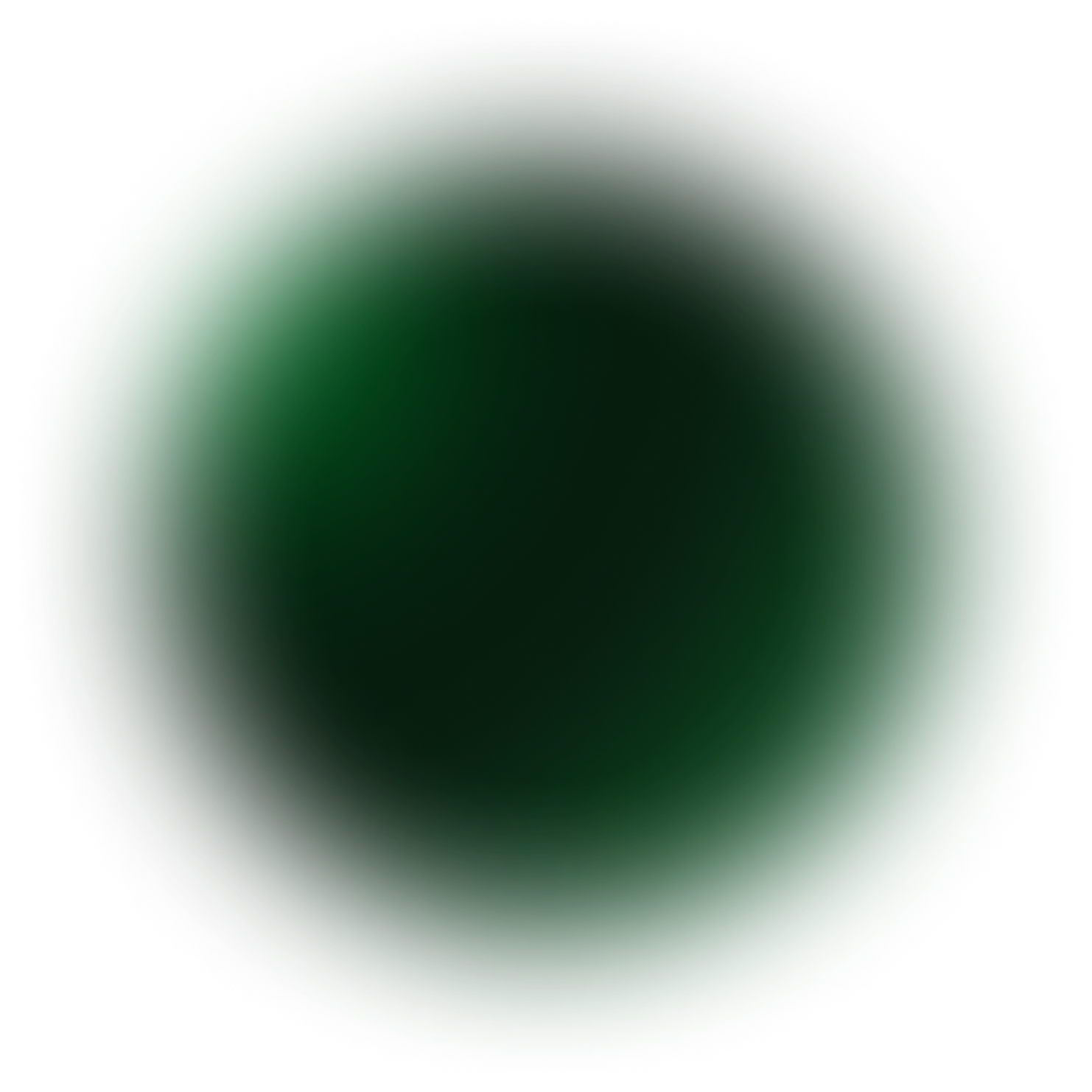
Keto Butter Chicken (1 Cup)
Dinner
110 mg/dL
avg. peak value
Usually has a stable response
Avg. Food Score on Ultrahuman App
Ultrahuman Users got a STABLE response
How to consume Keto Butter Chicken without glucose spikes
Portion Control
Reduce the portion size of the Keto Butter Chicken to manage the intake of carbohydrates and fats.
Balance with Fiber
Add a side of vegetables like spinach, broccoli, or cauliflower, which can help slow the absorption of glucose.
Incorporate Healthy Fats
Include sources of healthy fats such as avocado or a small handful of nuts like almonds or walnuts to help stabilize blood sugar levels.
Stay Hydrated
Drink plenty of water throughout the meal to aid digestion and help regulate blood sugar.
Add a Protein Source
Consider adding a portion of grilled chicken or fish to increase protein content, which can help slow down carbohydrate absorption.
Include Vinegar
Use a small amount of vinegar-based dressing on your side salad, as vinegar can have a moderating effect on blood sugar spikes.
Eat Slowly
Take time to eat your meal slowly and mindfully, which can improve digestion and help control blood sugar levels.
Exercise
Engage in light physical activity post-meal, like a short walk, to help lower post-meal glucose spikes.
Monitor Carbohydrate Intake
Track and adjust the amount of carbohydrate content in your meal to better manage blood sugar levels throughout the day.
Limit Processed Ingredients
Ensure that ingredients used in the Keto Butter Chicken are minimally processed to reduce unwanted blood sugar fluctuations.

Find Glucose response for your favourite foods
Explore OGDbDiscover
metabolic
health with M1
Ultrahuman M1 helps you measure the impact of food and activity on your body in real time through glucose as a biomarker.
Explore Ultrahuman M1Your cart is empty
Browse through our products and find something for you.
